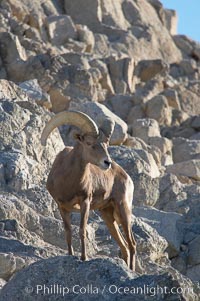
Desert bighorn sheep, male ram. The desert bighorn sheep occupies dry, rocky mountain ranges in the Mojave and Sonoran desert regions of California, Nevada and Mexico. The desert bighorn sheep is highly endangered in the United States, having a population of only about 4000 individuals, and is under survival pressure due to habitat loss, disease, over-hunting, competition with livestock, and human encroachment.
Species: Desert bighorn sheep, Ovis canadensis nelsoni
Image ID: 14674
Species: Desert bighorn sheep, Ovis canadensis nelsoni
Image ID: 14674
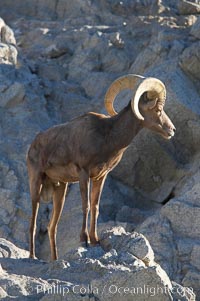
Desert bighorn sheep, male ram. The desert bighorn sheep occupies dry, rocky mountain ranges in the Mojave and Sonoran desert regions of California, Nevada and Mexico. The desert bighorn sheep is highly endangered in the United States, having a population of only about 4000 individuals, and is under survival pressure due to habitat loss, disease, over-hunting, competition with livestock, and human encroachment.
Species: Desert bighorn sheep, Ovis canadensis nelsoni
Image ID: 14675
Species: Desert bighorn sheep, Ovis canadensis nelsoni
Image ID: 14675
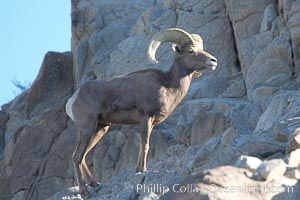
Desert bighorn sheep, male ram. The desert bighorn sheep occupies dry, rocky mountain ranges in the Mojave and Sonoran desert regions of California, Nevada and Mexico. The desert bighorn sheep is highly endangered in the United States, having a population of only about 4000 individuals, and is under survival pressure due to habitat loss, disease, over-hunting, competition with livestock, and human encroachment.
Species: Desert bighorn sheep, Ovis canadensis nelsoni
Image ID: 14676
Species: Desert bighorn sheep, Ovis canadensis nelsoni
Image ID: 14676
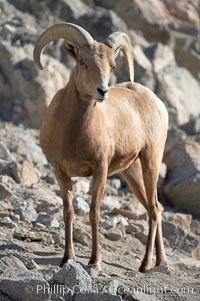
Desert bighorn sheep. The desert bighorn sheep occupies dry, rocky mountain ranges in the Mojave and Sonoran desert regions of California, Nevada and Mexico. The desert bighorn sheep is highly endangered in the United States, having a population of only about 4000 individuals, and is under survival pressure due to habitat loss, disease, over-hunting, competition with livestock, and human encroachment.
Species: Desert bighorn sheep, Ovis canadensis nelsoni
Image ID: 17942
Species: Desert bighorn sheep, Ovis canadensis nelsoni
Image ID: 17942
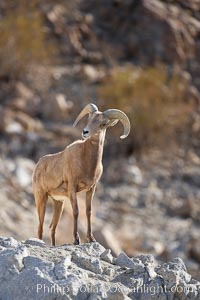
Desert bighorn sheep. The desert bighorn sheep occupies dry, rocky mountain ranges in the Mojave and Sonoran desert regions of California, Nevada and Mexico. The desert bighorn sheep is highly endangered in the United States, having a population of only about 4000 individuals, and is under survival pressure due to habitat loss, disease, over-hunting, competition with livestock, and human encroachment.
Species: Desert bighorn sheep, Ovis canadensis nelsoni
Image ID: 17943
Species: Desert bighorn sheep, Ovis canadensis nelsoni
Image ID: 17943
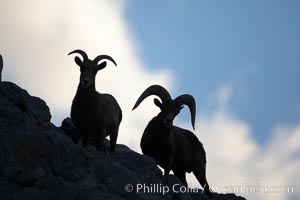
Desert bighorn sheep. The desert bighorn sheep occupies dry, rocky mountain ranges in the Mojave and Sonoran desert regions of California, Nevada and Mexico. The desert bighorn sheep is highly endangered in the United States, having a population of only about 4000 individuals, and is under survival pressure due to habitat loss, disease, over-hunting, competition with livestock, and human encroachment.
Species: Desert bighorn sheep, Ovis canadensis nelsoni
Image ID: 17944
Species: Desert bighorn sheep, Ovis canadensis nelsoni
Image ID: 17944
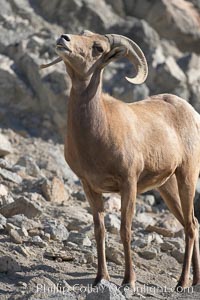
Desert bighorn sheep. The desert bighorn sheep occupies dry, rocky mountain ranges in the Mojave and Sonoran desert regions of California, Nevada and Mexico. The desert bighorn sheep is highly endangered in the United States, having a population of only about 4000 individuals, and is under survival pressure due to habitat loss, disease, over-hunting, competition with livestock, and human encroachment.
Species: Desert bighorn sheep, Ovis canadensis nelsoni
Image ID: 17945
Species: Desert bighorn sheep, Ovis canadensis nelsoni
Image ID: 17945
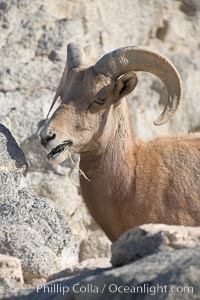
Desert bighorn sheep. The desert bighorn sheep occupies dry, rocky mountain ranges in the Mojave and Sonoran desert regions of California, Nevada and Mexico. The desert bighorn sheep is highly endangered in the United States, having a population of only about 4000 individuals, and is under survival pressure due to habitat loss, disease, over-hunting, competition with livestock, and human encroachment.
Species: Desert bighorn sheep, Ovis canadensis nelsoni
Image ID: 17946
Species: Desert bighorn sheep, Ovis canadensis nelsoni
Image ID: 17946
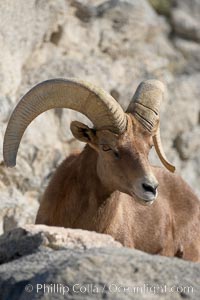
Desert bighorn sheep. The desert bighorn sheep occupies dry, rocky mountain ranges in the Mojave and Sonoran desert regions of California, Nevada and Mexico. The desert bighorn sheep is highly endangered in the United States, having a population of only about 4000 individuals, and is under survival pressure due to habitat loss, disease, over-hunting, competition with livestock, and human encroachment.
Species: Desert bighorn sheep, Ovis canadensis nelsoni
Image ID: 17947
Species: Desert bighorn sheep, Ovis canadensis nelsoni
Image ID: 17947
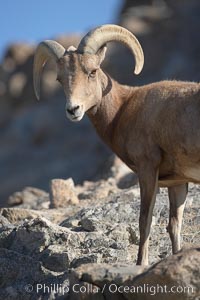
Desert bighorn sheep. The desert bighorn sheep occupies dry, rocky mountain ranges in the Mojave and Sonoran desert regions of California, Nevada and Mexico. The desert bighorn sheep is highly endangered in the United States, having a population of only about 4000 individuals, and is under survival pressure due to habitat loss, disease, over-hunting, competition with livestock, and human encroachment.
Species: Desert bighorn sheep, Ovis canadensis nelsoni
Image ID: 17948
Species: Desert bighorn sheep, Ovis canadensis nelsoni
Image ID: 17948
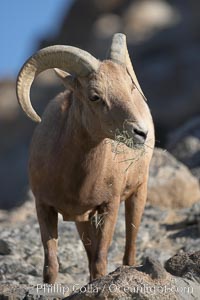
Desert bighorn sheep. The desert bighorn sheep occupies dry, rocky mountain ranges in the Mojave and Sonoran desert regions of California, Nevada and Mexico. The desert bighorn sheep is highly endangered in the United States, having a population of only about 4000 individuals, and is under survival pressure due to habitat loss, disease, over-hunting, competition with livestock, and human encroachment.
Species: Desert bighorn sheep, Ovis canadensis nelsoni
Image ID: 17949
Species: Desert bighorn sheep, Ovis canadensis nelsoni
Image ID: 17949

Desert bighorn sheep. The desert bighorn sheep occupies dry, rocky mountain ranges in the Mojave and Sonoran desert regions of California, Nevada and Mexico. The desert bighorn sheep is highly endangered in the United States, having a population of only about 4000 individuals, and is under survival pressure due to habitat loss, disease, over-hunting, competition with livestock, and human encroachment.
Species: Desert bighorn sheep, Ovis canadensis nelsoni
Image ID: 17950
Species: Desert bighorn sheep, Ovis canadensis nelsoni
Image ID: 17950
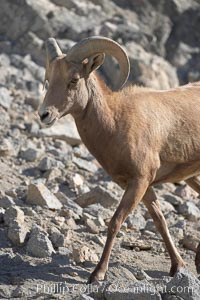
Desert bighorn sheep. The desert bighorn sheep occupies dry, rocky mountain ranges in the Mojave and Sonoran desert regions of California, Nevada and Mexico. The desert bighorn sheep is highly endangered in the United States, having a population of only about 4000 individuals, and is under survival pressure due to habitat loss, disease, over-hunting, competition with livestock, and human encroachment.
Species: Desert bighorn sheep, Ovis canadensis nelsoni
Image ID: 17951
Species: Desert bighorn sheep, Ovis canadensis nelsoni
Image ID: 17951
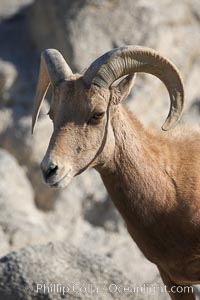
Desert bighorn sheep. The desert bighorn sheep occupies dry, rocky mountain ranges in the Mojave and Sonoran desert regions of California, Nevada and Mexico. The desert bighorn sheep is highly endangered in the United States, having a population of only about 4000 individuals, and is under survival pressure due to habitat loss, disease, over-hunting, competition with livestock, and human encroachment.
Species: Desert bighorn sheep, Ovis canadensis nelsoni
Image ID: 17952
Species: Desert bighorn sheep, Ovis canadensis nelsoni
Image ID: 17952
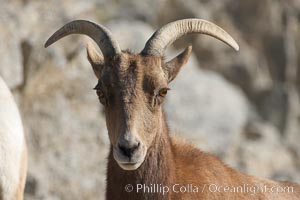
Desert bighorn sheep. The desert bighorn sheep occupies dry, rocky mountain ranges in the Mojave and Sonoran desert regions of California, Nevada and Mexico. The desert bighorn sheep is highly endangered in the United States, having a population of only about 4000 individuals, and is under survival pressure due to habitat loss, disease, over-hunting, competition with livestock, and human encroachment.
Species: Desert bighorn sheep, Ovis canadensis nelsoni
Image ID: 17953
Species: Desert bighorn sheep, Ovis canadensis nelsoni
Image ID: 17953
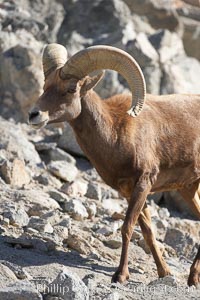
Desert bighorn sheep. The desert bighorn sheep occupies dry, rocky mountain ranges in the Mojave and Sonoran desert regions of California, Nevada and Mexico. The desert bighorn sheep is highly endangered in the United States, having a population of only about 4000 individuals, and is under survival pressure due to habitat loss, disease, over-hunting, competition with livestock, and human encroachment.
Species: Desert bighorn sheep, Ovis canadensis nelsoni
Image ID: 17954
Species: Desert bighorn sheep, Ovis canadensis nelsoni
Image ID: 17954
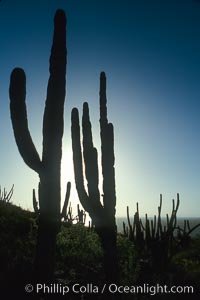
Cardon cactus, near La Paz, Baja California, Mexico. Known as the elephant cactus or Mexican giant cactus, cardon is largest cactus in the world and is endemic to the deserts of the Baja California peninsula. Some specimens of cardon have been measured over 21m (70) high. These slow-growing plants live up to 300 years and can weigh 25 tons. Cardon is often mistaken for the superficially similar saguaro of Arizona and Sonora, but the saguaro does not occupy Baja California.
Species: Cardon cactus, Elephant cactus, Pachycereus pringlei
Location: La Paz, Baja California, Mexico
Image ID: 05497
Species: Cardon cactus, Elephant cactus, Pachycereus pringlei
Location: La Paz, Baja California, Mexico
Image ID: 05497
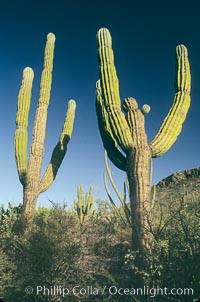
Cardon cactus, near La Paz, Baja California, Mexico. Known as the elephant cactus or Mexican giant cactus, cardon is largest cactus in the world and is endemic to the deserts of the Baja California peninsula. Some specimens of cardon have been measured over 21m (70) high. These slow-growing plants live up to 300 years and can weigh 25 tons. Cardon is often mistaken for the superficially similar saguaro of Arizona and Sonora, but the saguaro does not occupy Baja California.
Species: Cardon cactus, Elephant cactus, Pachycereus pringlei
Location: La Paz, Baja California, Mexico
Image ID: 05499
Species: Cardon cactus, Elephant cactus, Pachycereus pringlei
Location: La Paz, Baja California, Mexico
Image ID: 05499
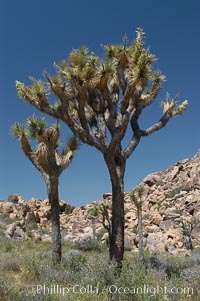
Joshua Trees, a tree form of yucca inhabiting the Mojave and Sonoran Deserts.
Species: Joshua tree, Yucca brevifolia
Location: Joshua Tree National Park, California
Image ID: 09146
Species: Joshua tree, Yucca brevifolia
Location: Joshua Tree National Park, California
Image ID: 09146
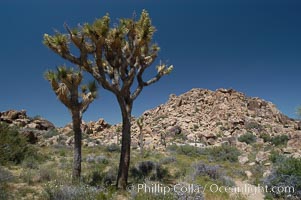
Joshua Trees, a tree form of yucca inhabiting the Mojave and Sonoran Deserts.
Species: Joshua tree, Yucca brevifolia
Location: Joshua Tree National Park, California
Image ID: 09147
Species: Joshua tree, Yucca brevifolia
Location: Joshua Tree National Park, California
Image ID: 09147
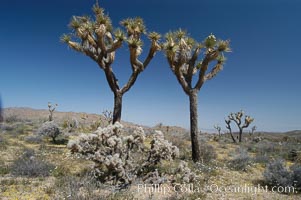
Joshua Trees, a tree form of yucca inhabiting the Mojave and Sonoran Deserts.
Species: Joshua tree, Yucca brevifolia
Location: Joshua Tree National Park, California
Image ID: 09148
Species: Joshua tree, Yucca brevifolia
Location: Joshua Tree National Park, California
Image ID: 09148
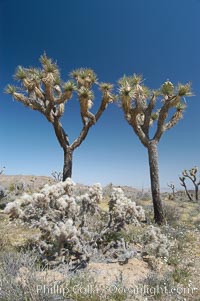
Joshua Trees, a tree form of yucca inhabiting the Mojave and Sonoran Deserts.
Species: Joshua tree, Yucca brevifolia
Location: Joshua Tree National Park, California
Image ID: 09149
Species: Joshua tree, Yucca brevifolia
Location: Joshua Tree National Park, California
Image ID: 09149
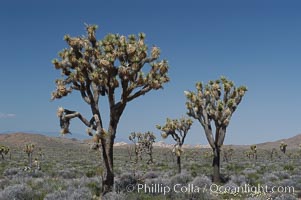
Joshua Trees, a tree form of yucca inhabiting the Mojave and Sonoran Deserts.
Species: Joshua tree, Yucca brevifolia
Location: Joshua Tree National Park, California
Image ID: 09150
Species: Joshua tree, Yucca brevifolia
Location: Joshua Tree National Park, California
Image ID: 09150
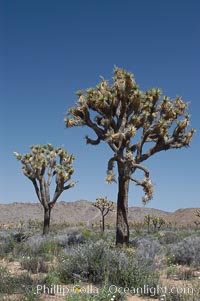
Joshua Trees, a tree form of yucca inhabiting the Mojave and Sonoran Deserts.
Species: Joshua tree, Yucca brevifolia
Location: Joshua Tree National Park, California
Image ID: 09151
Species: Joshua tree, Yucca brevifolia
Location: Joshua Tree National Park, California
Image ID: 09151
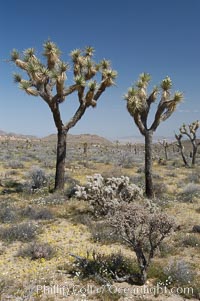
Joshua Trees, a tree form of yucca inhabiting the Mojave and Sonoran Deserts.
Species: Joshua tree, Yucca brevifolia
Location: Joshua Tree National Park, California
Image ID: 09157
Species: Joshua tree, Yucca brevifolia
Location: Joshua Tree National Park, California
Image ID: 09157
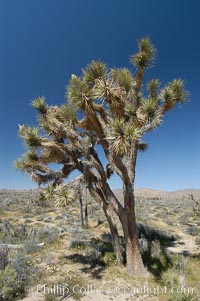
Joshua Trees, a tree form of yucca inhabiting the Mojave and Sonoran Deserts.
Species: Joshua tree, Yucca brevifolia
Location: Joshua Tree National Park, California
Image ID: 09158
Species: Joshua tree, Yucca brevifolia
Location: Joshua Tree National Park, California
Image ID: 09158
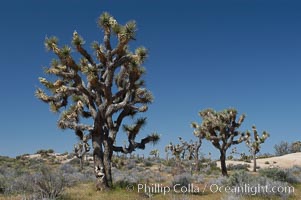
Joshua Trees, a tree form of yucca inhabiting the Mojave and Sonoran Deserts.
Species: Joshua tree, Yucca brevifolia
Location: Joshua Tree National Park, California
Image ID: 09159
Species: Joshua tree, Yucca brevifolia
Location: Joshua Tree National Park, California
Image ID: 09159
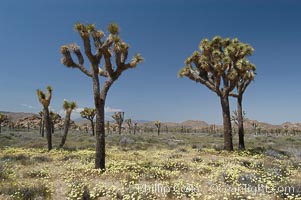
Joshua Trees, a tree form of yucca inhabiting the Mojave and Sonoran Deserts.
Species: Joshua tree, Yucca brevifolia
Location: Joshua Tree National Park, California
Image ID: 09160
Species: Joshua tree, Yucca brevifolia
Location: Joshua Tree National Park, California
Image ID: 09160